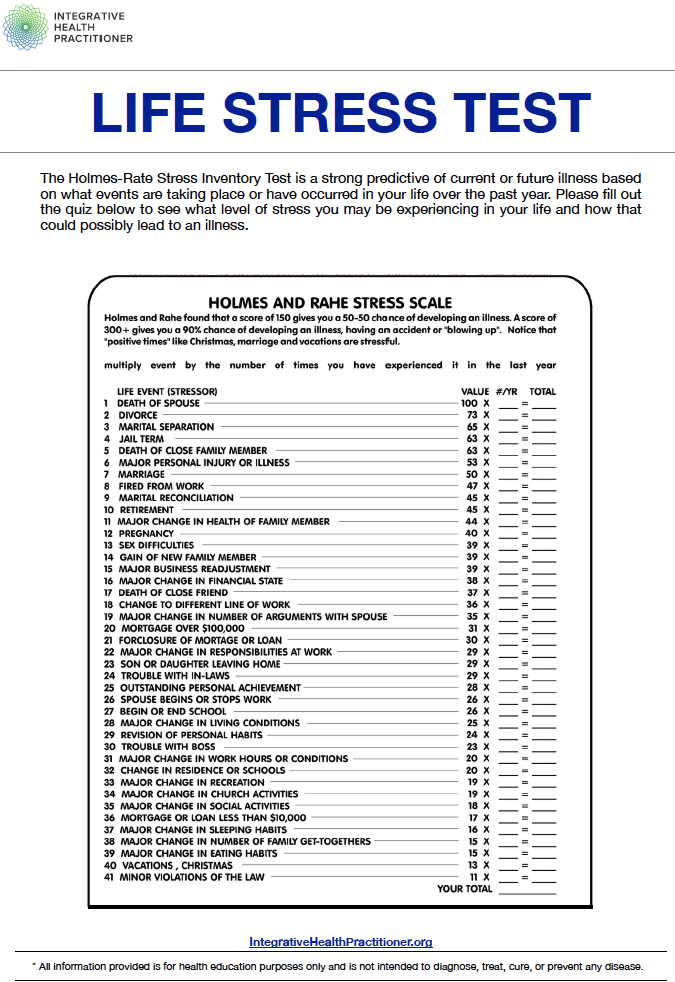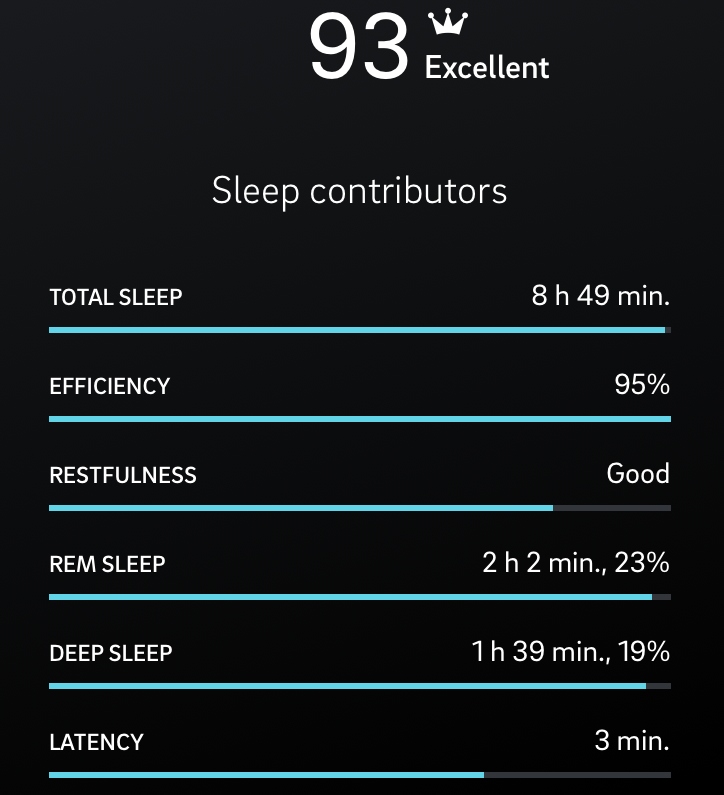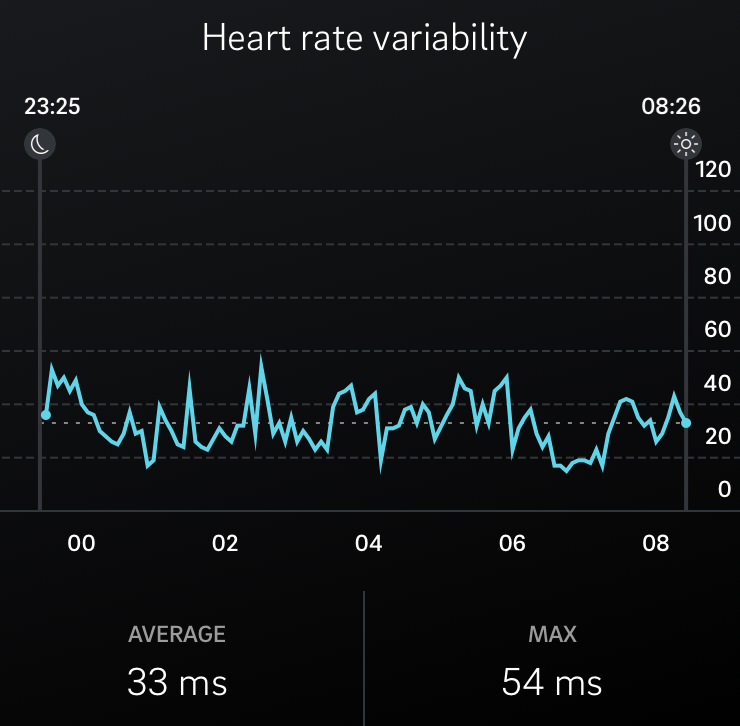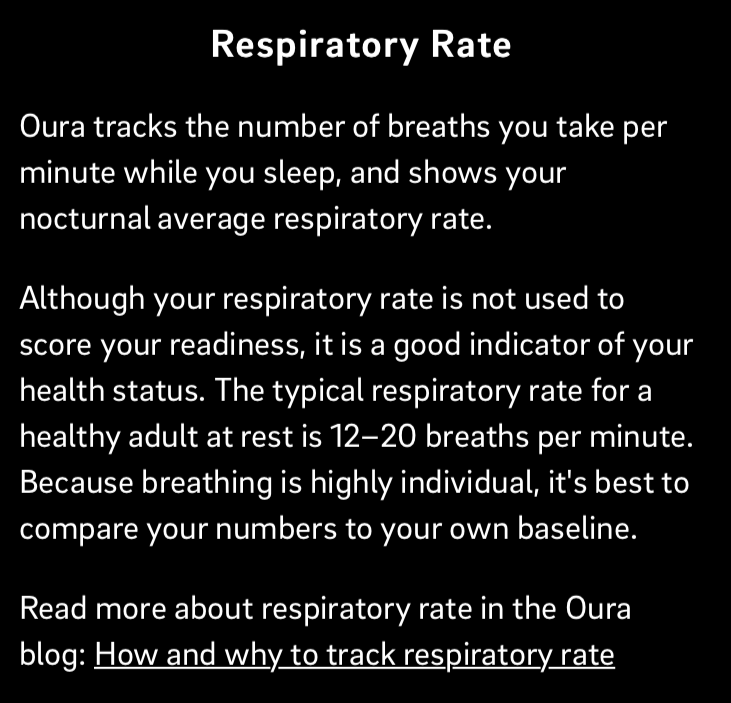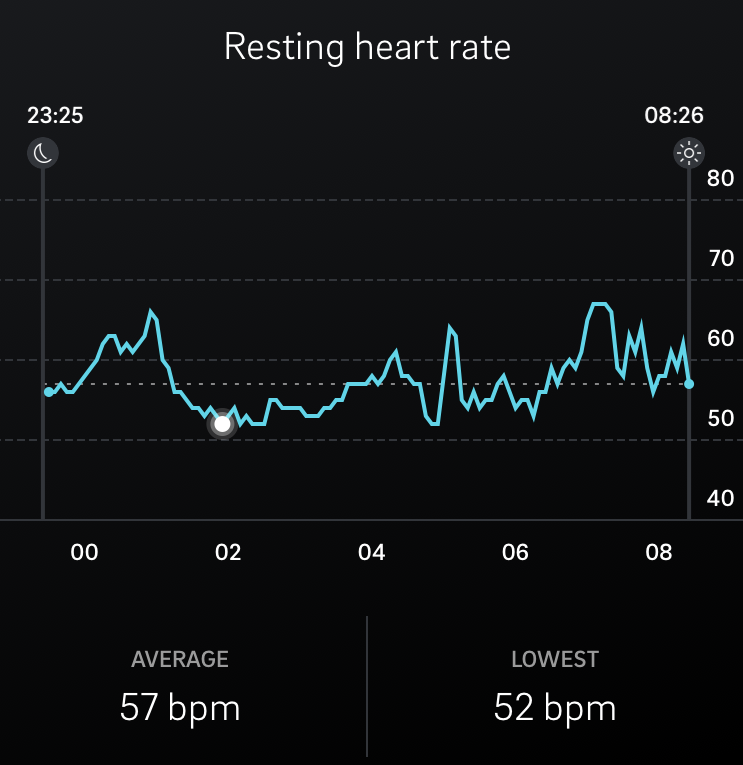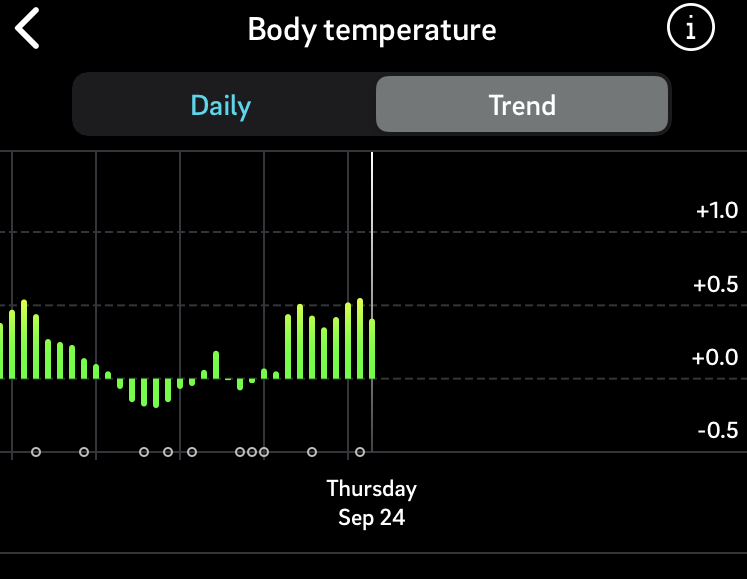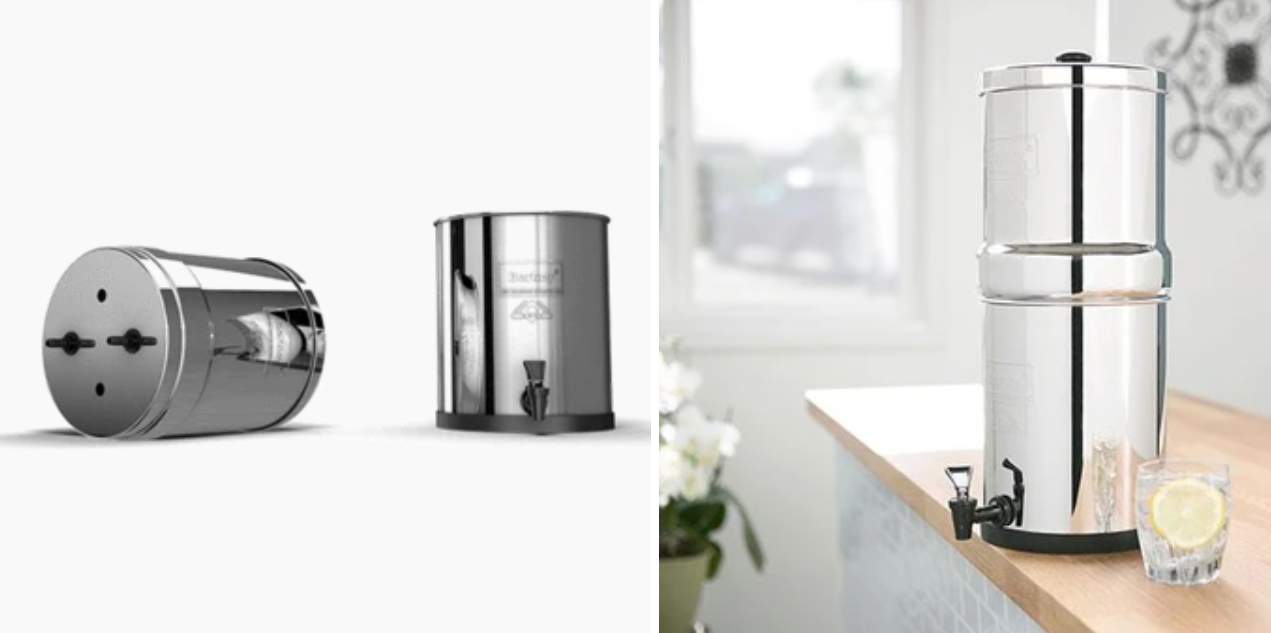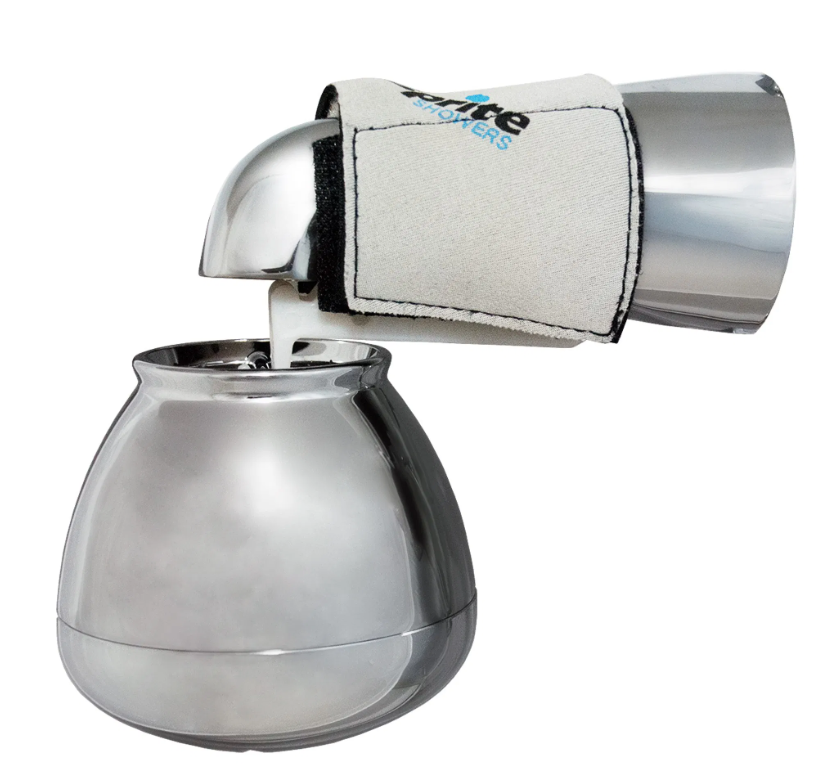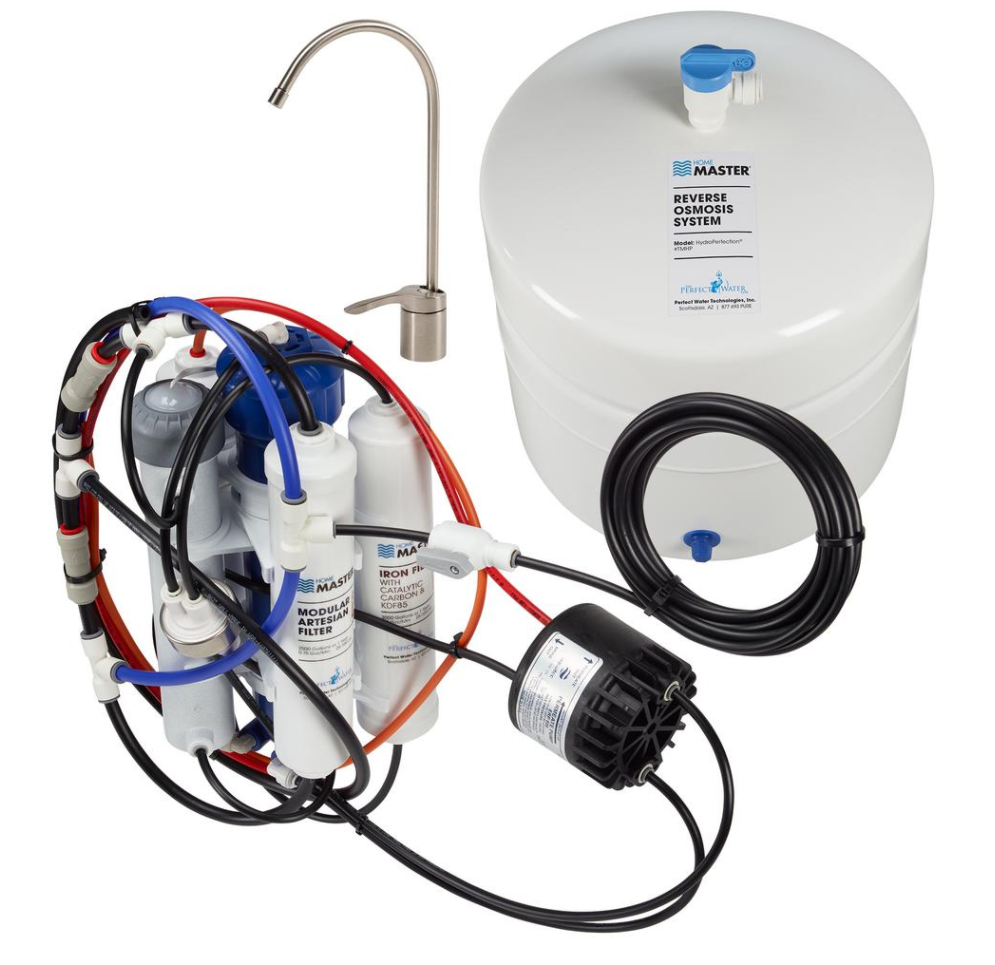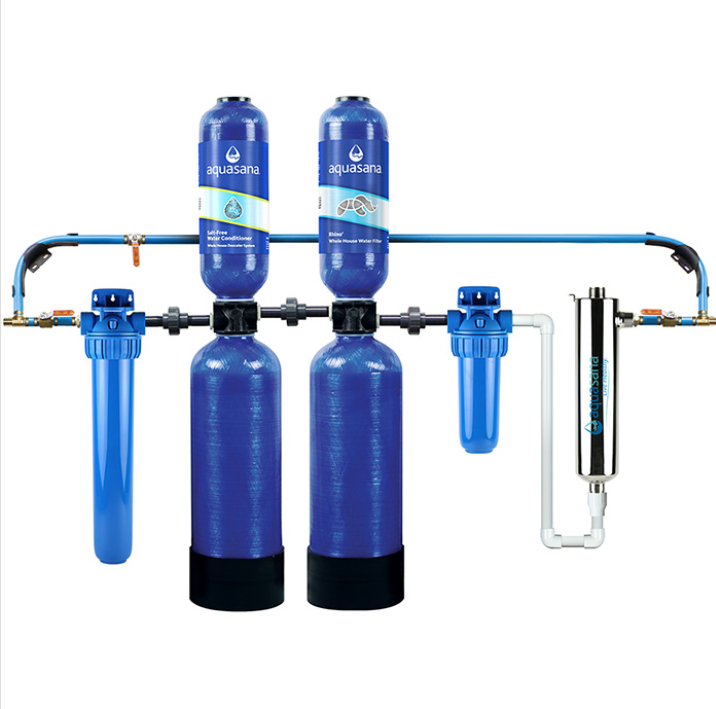Learn how to make apple or pear vinegar.
Vinegar is a versatile home staple that can be used in cooking, medicinals, and cleaning. Also, when you shop in season or grow your own apples, you can really make your grocery spending go a long way.
Apple cider vinegar, apple vinegar, pear vinegar, or also sometimes called, apple scrap vinegar which uses up any leftover and unusable peels and cores, are all different but similar methods to making vinegar.
It is really important to distinguish the difference between the types of vinegars:
Whole Apple Vinegar
Scrap Apple Vinegar; and
Apple Cider Vinegar.
While the first and second are similar, the difference really is that the first one is made with the whole fruit, and scrap vinegar is made with just the leftover unused peels and cores.Apple cider vinegar is made from the juice of the whole apple.
Whole apple or apple scrap vinegar tends to have a milder and less acidic taste, which can be more appealing when used in recipes. However, due to its lower acid level, whole apple and apple scrap vinegar is not suitable for canning. Since you can’t properly test the acidity level of homemade vinegars, this is the reason why it’s not generally recommended for caning recipes.
Supplies needed
1⁄2 gallon (2 litre) jars.
Cloth
Rubber bands or string
Ingredients needed to make Apple Vinegar
1 Pound (0.5 kg) cut whole apple, or apple scraps, cores, and peels. You can use any variety of apples for this recipe, as well as, substitute apples for pears or even a combination of the two.
1/3 Cup (67 g) Sugar. Opt for organic cane, brown, or white sugar. You can’t use alternative sweetness such as stevia, erythritol, xylitol, monk fruit, etc.
½ Cup (120 ml) Raw Unfiltered Cider Vinegar. Unpasteurized or ACV that has a vinegar mother is necessary because this acts as the “starter liquid” to inoculate your apple scrap vinegar. Once you have established home-made vinegar, you can use your own for the “starter liquid”.
2 Quarts (2 litres) Filtered Water. Do not use unfiltered chlorinated tap water.
How to Make Apple Vinegar
Warm up 1 quart (1litre) of water, not boiling. Add to the 1/2 gallon (2litre) jar.
Dissolve 1/3 cup sugar in the warm water. Stir until dissolved.
Put the fruit into the 1⁄2 gallon (2 liter) jar.
Add 1/2 cup of the raw vinegar.
Fill up the rest of the jar with room temperature unfiltered water (about 1 quart/1 litre) covering the fruit up to the neck of the jar.
Stir the sugar, water, and fruit with a wooden spoon at lest once a day for the first 7 days.
Cover with a cloth and secure with a rubber band or string. You will want some oxygen and air flow to to reach the mixture.
Place on the counter or another spot ideally around 70°F to 80°F (21-26°C).
The ferment will begin to slow down in about two weeks (less bubbles). Now it is time to remove the apples and fruit scraps. You may see a film developing on top when you remove the cover. If so, work carefully to keep it because this film is the beginning of the vinegar mother. You can set the film aside while straining out the fruit solids, then add it back into the vinegar.
Cover it again and let it continue to sit on the shelf.
Check the vinegar in another 2-4 weeks, and you should have nice acidity; however, it may take another month or two to develop fully.
Bottle the vinegar, save the mother for another batch or share with a friend.
You can use the vinegar immediately, or you can age the vinegar to mellow the flavour.
Apple scrap vinegar will last indefinitely at room temperature.
See my IG Video: Apple Vinegar in the making here!
Did you make this recipe? If so, please leave a comment below and snap a photo tagging us on social media @healthytradititonshomestead and @thefreedomtolive.ca so we can see!
Also see:
Scroll to the bottom of this post on a natural approach to cold and flu season for a simple easy Fire Water Recipe using homemade apple vinegar!



































